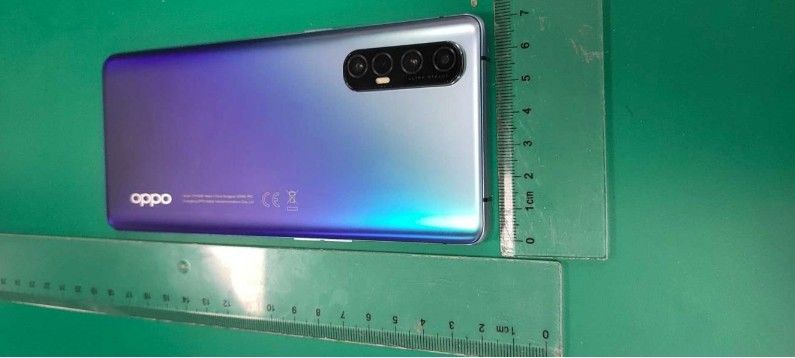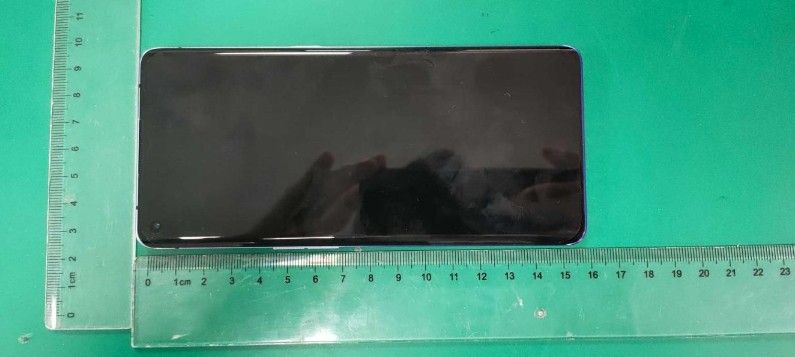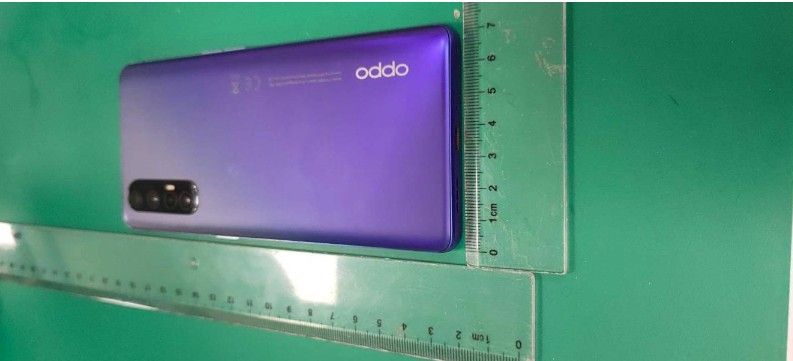Towards the end of last year, OPPO launched the Reno3 and Reno3 Pro in China. The mid-range devices from the company featured MediaTek’s Dimensity 1000L chipset and Qualcomm’s Snapdragon 765G SoC, however, the international variants that were launched earlier this month featured completely different specifications. Instead of featuring the MediaTek Dimensity 1000L chip, the OPPO Reno3(global) packed in MediaTek’s Helio P90 chip and, on the other hand, the OPPO Reno3 Pro(global) featured the Helio P95. Just a few days ago renders of the OPPO Find X2 Lite and Find X2 Neo surfaced online, which featured the same design and specifications as the Chinese variants of the OPPO Reno3 series. This led us to believe that the Chinese Reno3 and Reno3 Pro could be launched as the Find X2 Lite and Find X2 Neo globally.

Now, an upcoming OPPO device has been certified by the FCC which features the same design and specifications as the Chinese OPPO Reno3 Pro. The listing features the device’s user manual, which confirms that the device features a 6.5-inch FHD+ display with a punch-hole cutout for the front camera. The device has also made an appearance on the Bluetooth SIG listing, which confirms that it’ll be powered by Qualcomm’s Snapdragon 765G chip. The FCC listing also includes the user manual for the device which reveals that it packs in a 4,025mAh battery with 30W fast charging support. Additionally, the FCC listing includes images of the device that reveal the exact same design as the Chinese Reno3 Pro.





On top of all that, our Editor-in-Chief, Mishaal Rahman, ran one of the IMEIs from the FCC filing through an IMEI database and the phone was identified as the Reno3 Pro. Since OPPO has already launched a different phone under the Reno3 Pro moniker internationally, it’s unlikely that this new phone will also be launched under the same name. This gives the previous rumor about the device launching as the Find X2 Neo some credibility. As of now, OPPO has revealed no information about the launch date for the device. But since it has already received FCC certification, it shouldn’t be long before OPPO finally launches it internationally.
Source: FCC (certification, user manual, photos), Bluetooth SIG
The post Chinese OPPO Reno3 Pro gets certified by the FCC, may launch as the Find X2 Neo appeared first on xda-developers.
from xda-developers https://ift.tt/3aAKYtD
via IFTTT





